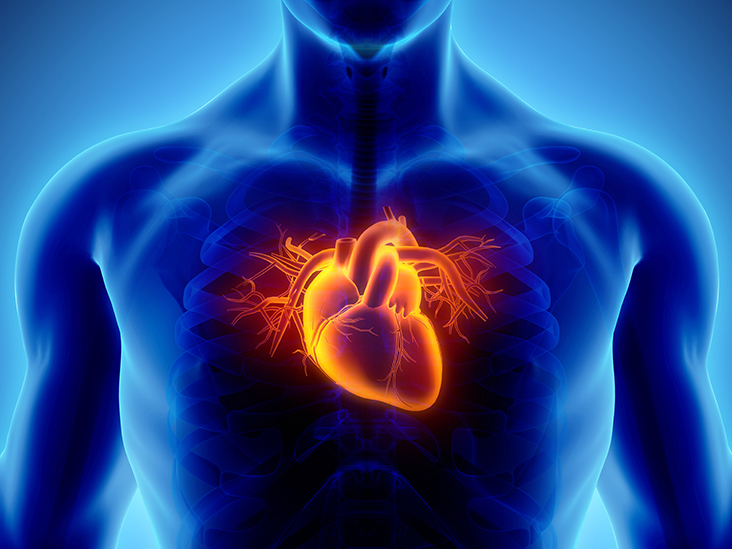
Fioranelli M. et al., conducted a study which reviewed recent evidence describing the immune and endocrine properties of the heart and their critical roles in acute ischaemic damage and in post-infarct myocardial remodeling. The explanation on the importance of the central and autonomic regulation of cardiac functions, namely, the neuro-cardiac axis was done. The roles of acute and chronic stress, circadian rhythms, emotions and the social environment in triggering acute cardiac events and worsening heart function and metabolism in chronic cardiovascular diseases were highlighted. Specific sections related to stress-induced myocardial ischaemia measurements and stress cardiomyopathy was also included.
New Vision of Coronary Heart Disease
- Serum high sensitivity C-reactive protein (hs-CRP) was the principle marker of underlying systemic inflammation and a significant predictor of cardiovascular risk, also in a subgroup of women with low LDL cholesterol
- A key role for inflammation in atherosclerotic disease highlighted an increased risk of cardiovascular events in patients with high levels of CRP irrespective of cardiovascular risk assessment and lipid profiles
- A higher CRP level is also associated with a recurrent risk of myocardial infarction, incidence of sudden death and peripheral arterial disease in patients with acute coronary syndrome
The Inflammatory Cascade in Ischaemic Myocardial Injury
- TLR2 (toll-like receptors) and TLR4 are the most representative subtypes in human hearts
- NOD1 and the NLRP3 subtype play critical roles in cardiac remodelling following myocardial infarction and ischaemia/reperfusion damage and have been demonstrated to activate inflammasomes in the heart
- Endogenous DAMPs activated the complement system with increased C3 fragments in infarcted myocardial tissue showed development of leukocyte translocation in injured myocardium
- Nuclear factor kB (NF-kB), a highly conserved DNA transcription factor, drives the production of cytokines, interferons, and chemokines in the myocardial infarction zone initiated via the TLR and NOD pathways, complement system, and ROS products
- Interleukin (IL)-1 and tumor necrosis factor-alpha (TNF-a), the main pro-inflammatory cytokines released in the injured myocardium, mediated the synthesis of more chemotactic factors that enhance leukocyte recruitment into the infarct area and played important roles in inflammasome assembly and IL-1b and interleukin 18 (IL-18) maturation
Mast Cells and Cardiac Events
- Mast cells play a critical role in the fibrous cap erosion of atherosclerotic plaques and in coronary vasospasms induced by vasoactive and inflammatory mediators in response to mechanical or hypoxic stress
The psychoneuroendocrineimmunology paradigm could make a fundamental contribution to treat major cardiovascular diseases.

